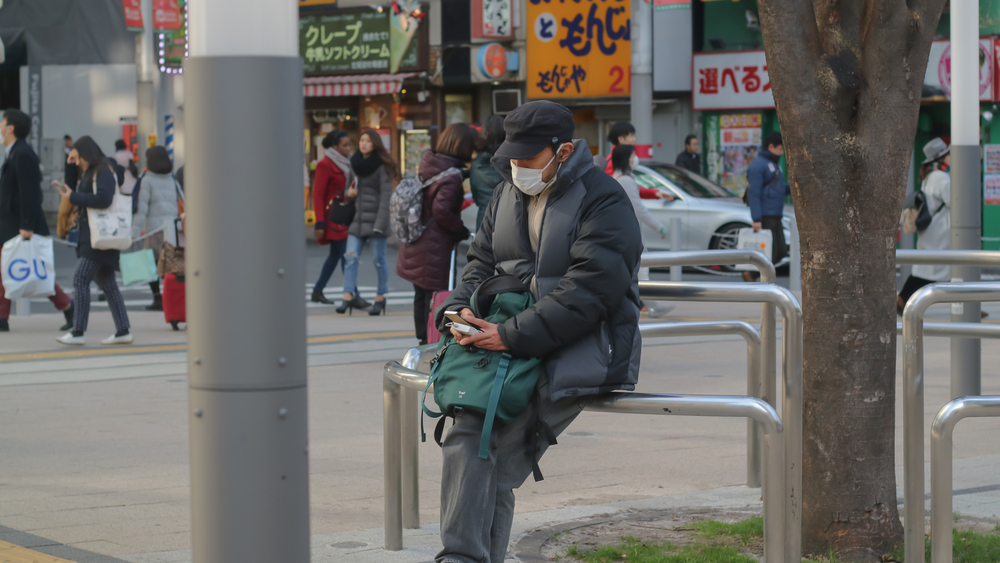An unexpected wave of seasonal influenza has led to multiple school closures across Japan due to mass infections.
Experts suggest this outbreak, off-season for influenza, could be a consequence of weakened immunity following the COVID-19 pandemic and reduced control measures due to the recategorization of COVID-19 as a “category 5” disease under the Infectious Disease Control Law. This surge of flu cases has implications for the wider Asian region, reflecting the need for continued vigilance as we navigate a post-COVID world.
Flu Outbreaks Raise Concerns
According to the Ministry of Health, Labour and Welfare, approximately 5,000 designated medical institutions across Japan reported 1.62 flu cases per institution from May 22 to 28. These figures are significantly higher than the “prevalence” standard of one case. Notably, the influenza prevalence is usually low at this time of the year, with zero cases reported during the 2020-2022 period amidst the COVID-19 pandemic. The only other time the number exceeded one was in 2013, when it was 1.21.
There has been an increasing trend in the number of cases. 14 prefectures have reported a rise in numbers, notably in Miyazaki (7.07), Nagasaki (4.14), and Ehime (3.67). As a result, 325 schools and other facilities have opted to close or keep some students home. This marks a 4.5-fold increase from two weeks prior.
Flu Cases Linked to Public Gatherings
In mid-May, a significant flu outbreak took place after a sports festival at a high school in the city of Miyazaki. Approximately four days after the event were confirmed to be infected, leading to a school-wide closure for a week. Nearly 490 people, including 15 faculty members, were infected. Similarly, a high school in the city of Oita reported a mass infection after a sports festival in early May. In this case, about one in four of the 2,000 students were infected. Thus, it led to the school’s closure.
A Wake-Up Call for Asia
The escalating situation in Japan should alert the broader Asian region. The influenza epidemic may serve as a potent reminder of the need to maintain vigilance even as COVID-19 measures are relaxed. The connection between these mass flu infections and public gatherings also underlines the importance of precautionary measures during such events.
Reduced Immunity and Control Measures to Blame
Experts like Yu Kurahara of the National Hospital Organization Kinki-Chuo Chest Medical Center suggest that the decline in immunity against the virus is due to a lack of influenza outbreaks and decreased vaccinations during COVID-19 infection control measures. The timing also coincides with people starting to remove their masks due to the recategorization of COVID-19. This could have potentially contributed to the spread of influenza at schools.
Influenza usually subsides over the summer, and the same infection control measures taken for COVID-19 are not necessary. However, with many school events such as sports festivals taking place in May and June, the risk of infection is likely to increase. To counter this, Kurahara stresses the importance of maintaining basic hygiene practices such as frequent handwashing, gargling, and wearing masks.
Conclusion
The current wave of influenza infections in Japan acts as a reminder of the necessity for continued precautionary measures. This is especially important when loosening restrictions post-COVID. Therefore, countries in the Asian region must heed this warning and continue implementing public health measures to safeguard their populations.












